Love the look of etched glasses? Did you know that they are simple and only takes a few minutes to make? With these step-by-step instructions, anyone can make beautiful gifts that are sure to be appreciated this Christmas!
SVG Collections Used
![]() Christmas Gifts Vinyl SVG Collection
Christmas Gifts Vinyl SVG Collection
![]() Christmas Cookie Party SVG Collection
Christmas Cookie Party SVG Collection
![]() Santa’s North Pole Workshop SVG Collection
Santa’s North Pole Workshop SVG Collection
Supplies Used
- 6 Wine glasses
- Etching Cream
- Vinyl (any color is fine as this is used as a stencil)
- Transfer Paper
- Scraper (credit card works just fine)
- Craft knife
- Paint brushes (one for applying onto the stencil, and a fine brush for dots)
- Cutting machine and a cutting mat
Dimensions
| Christmas Gifts Vinyl SVG Collection (Extras) | ||
| snowflake.svg | 0.90"w (snowflake a) | vinyl |
| Christmas Cookie Party SVG Collection | ||
| snowflake.svg | 0.90"w (snowflake b) | vinyl |
| Cookies folder | ||
| snowflk_white.svg | 1.40"w (snowflake c) | vinyl |
| Santa's North Pole Workshop SVG Collection | ||
| snowflake3.svg | 1.10"w (snowflake d) | vinyl |
| Basic Shapes Library | ||
| circle | 1.20"w (snowflake a) | vinyl |
| circle | 1.15"w (snowflake b) | vinyl |
| circle | 1.70"w (snowflake c) | vinyl |
| circle | 1.50"w (snowflake d) | vinyl |
Diagrams
Instructions
- On your cutting machine software, open various snowflakes and resize them. You will need to make a ‘frame’ around each one to create a stencil that can be used individually. Using Basic Shapes Library, place a circle around each of the snowflakes, making sure the snowflake is centered. Group each snowflake with its frame.
- Make copies of these snowflakes on the mat. For my six glasses, I used two of each snowflake, resulting in 12 snowflakes each. (Diagram 1)
- Apply vinyl sheet on the mat. Using the scraper, starting from middle, slowly apply light pressure moving towards the end of the vinyl getting any possible bubbles out. Cut. I used vinyl setting as the material being cut on the Sizzix eclips (Speed 4, Pressure1) and set the blade depth to 2. However, it does vary from machine to machine, as well as the age of the blade can play a role, too. To be safe, start out with a lower blade depth setting, and do a little test cut to make sure that it is cutting through only the vinyl, but not through the backing.
- Peel off the vinyl around the frame (Diagram 2), and using craft knife, gently also peel off the inside snowflake (Diagram 3). Discard the snowflake.
- Apply a small sized transfer vinyl to cover the snowflake frame. (Diagram 4) Using the same technique used in step 3, release any bubbles between the vinyl and the transfer vinyl.
- Start from one edge and peel off the transfer vinyl. The vinyl image should be attached onto the transfer vinyl. It may help to use a craft knife to lift up the edges of the vinyl image. (Diagram 5)
- Apply this directly onto a clean glass surface (you may use alcohol or glass cleaning solution prior). Any dust or oil residue may interfere with the etching quality. For wine glasses, it is inevitable to get a bit of vinyl bunching as the glass surface is curved. Some people make a small slit to allow the vinyl to sit flat. Whatever you may do, just make sure that every snowflake edge of the vinyl is sealed to the glass in all areas. Otherwise, the cream may leak out into the air pockets causing image blurriness. (Diagram 6)
- Work on etching one half of the glass surface first instead of doing the whole glass. This allows you to hold the glasses sideways to prevent etching cream from leaking out of the image. Apply rest of the snowflakes needed for the first half. (Diagram 7)
- Apply the etching cream. Stir the mixture well before applying. Using a brush, apply a good amount onto the inside snowflake making sure every part is covered. Thicker coat gives a better result, but too much may cause the cream to leak out of the stencil. (Diagram 8)
- Leave it on for at least 5 minutes. The longer you can wait, the more defined your etching will be. You can scrape off any cream with your brush to put back in the container as the etching cream is reusable. Rinse under water, making sure all the cream is washed off. (Diagram 9)
- Peel off the vinyl. Repeat for the other half of the glass.
- Take a fine brush and hand apply random dots around the glass. Wait another 5-10 minutes and wash off. (Diagram 11)
Design Tips
- Smaller sized designs will be easier to etch on any surface that is curved, such as glasses, bowls and jars. The less area the stencil needs to cover, the less likely chance you’ll see vinyl bunching.
- Same concept as above, if the ‘frame’ is too thin, you would need to be more careful in applying the etching cream as it may leak into the ‘outer’ area. However, if the frame is too thick, it will be harder to apply the vinyl onto the glass as it is curved and more likely to ‘bunch’ up.
- Take your time. Don’t rush trying to apply the vinyl onto the glass as it creates air pockets and a loose seal. Don’t rush applying the etching cream, as it increases the chance of making a mistake. Allow enough time for the cream to etch into your glass. By following these instructions, you can create professional results.
- Just like making a layout or a card, even a 3D object, the design is very important. Think ahead and make sure that your images are balanced and spaced out well on the glass.
You can take any two-dimensional images or captions to use as a stencil, and you can even customize the glasses using various fonts. The possibilities are endless with a cutting machine. For those of you that were afraid to try glass etching, I hope that I’ve inspired you today to try it!
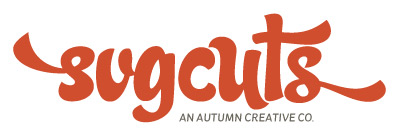

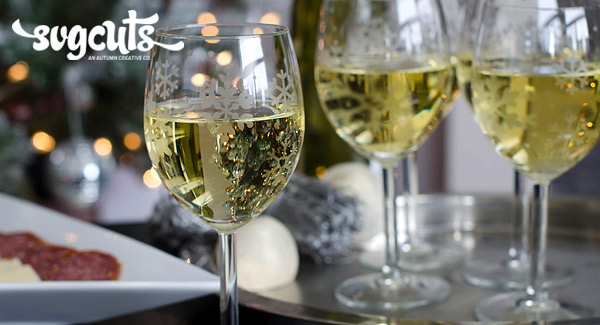
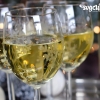
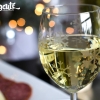
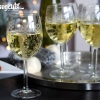
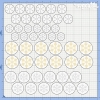
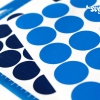
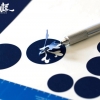
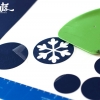
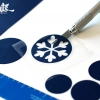
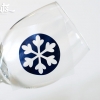
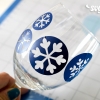
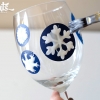
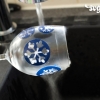
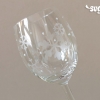

3 Responses to “Winter Wonderland Etched Wine Glasses by Thienly Azim”